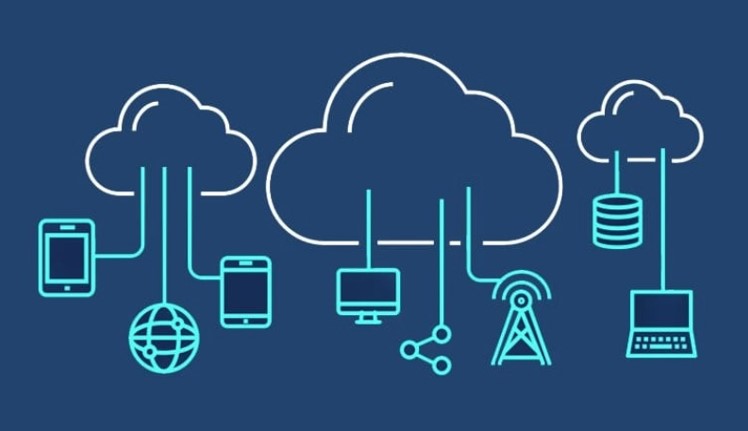Maximizing Cyber Security through Strategic Cloud Usage
August 23, 2024

Today, leveraging cloud computing has become essential for businesses aiming to enhance flexibility, scalability, and operational efficiency. However, amidst the benefits of cloud services, there are significant cybersecurity considerations that must not be overlooked. Effective planning and optimization of cloud usage are crucial steps towards ensuring robust cybersecurity practices. In this blog you will find a comprehensive guide to help you navigate this critical aspect of your business.
Understanding Cloud Security Risks
Before diving into optimizing your cloud usage, it’s vital to grasp the inherent security risks associated with cloud computing:
- Data Breaches: Unauthorized access to sensitive information due to misconfigurations or vulnerabilities.
- Account Hijacking: Malicious actors gaining control over cloud accounts to manipulate or steal data.
- Insecure APIs: Interfaces that connect cloud services can be exploited if not properly secured.
- Insider Threats: Employees or contractors with access to cloud resources may intentionally or unintentionally compromise security.

Developing a Security-Centric Cloud Strategy
- Risk Assessment: Conduct a thorough assessment of potential threats and vulnerabilities specific to your cloud environment.
- Compliance: Ensure compliance with relevant regulations (e.g., GDPR, HIPAA) and industry standards (e.g., ISO 27001) governing data protection in the cloud.
- Encryption: Implement robust encryption methods for data both in transit and at rest to safeguard against unauthorized access.
- Access Control: Utilize strong authentication mechanisms and enforce the principle of least privilege to limit access to sensitive data and resources.
- Monitoring and Auditing: Employ continuous monitoring tools to detect anomalies and audit logs regularly for suspicious activities.
Optimizing Cloud Usage for Security
- Multi-Cloud Strategy: Diversify your cloud providers to minimize reliance on a single vendor and reduce the impact of potential breaches.
- Resource Allocation: Optimize resource allocation based on workload demands to improve cost-effectiveness and performance.
- Automated Security Measures: Implement automation for security tasks such as patch management, configuration checks, and incident response to enhance efficiency and accuracy.
- Regular Updates and Patching: Stay updated with the latest security patches provided by cloud service providers to mitigate known vulnerabilities.
- Backup and Recovery: Establish a robust backup strategy and disaster recovery plan to ensure business continuity in case of data loss or service disruption.

Employee Training and Awareness
- Security Education: Educate employees about best practices for using cloud services securely, including recognizing phishing attempts and practicing good password hygiene.
- Role-Based Training: Provide role-specific training to employees with access to sensitive data or cloud management responsibilities.
- Incident Response Plan: Prepare and regularly update an incident response plan outlining steps to mitigate and recover from cybersecurity incidents involving cloud services.
Continuous Improvement and Adaptation
- Regular Assessments: Conduct periodic security assessments and audits to identify and address evolving threats and vulnerabilities.
- Feedback Loop: Establish a feedback loop for ongoing improvement based on lessons learned from security incidents and industry developments.
- Collaboration: Engage with cloud service providers, industry peers, and cybersecurity experts to stay informed about emerging threats and effective mitigation strategies.

Planning and optimizing your cloud usage for cybersecurity requires a proactive and holistic approach. By understanding potential risks, developing a robust security strategy, optimizing cloud resources, educating employees, and continuously improving your security posture, you can effectively mitigate threats and safeguard your business’s digital assets in the cloud. Remember, cybersecurity is not a one-time task but an ongoing commitment to protecting your organization in a dynamic digital landscape.
Have Any Question?
Call or email Cocha. We can help with your cybersecurity needs!
- (281) 607-0616
- info@cochatechnology.com




